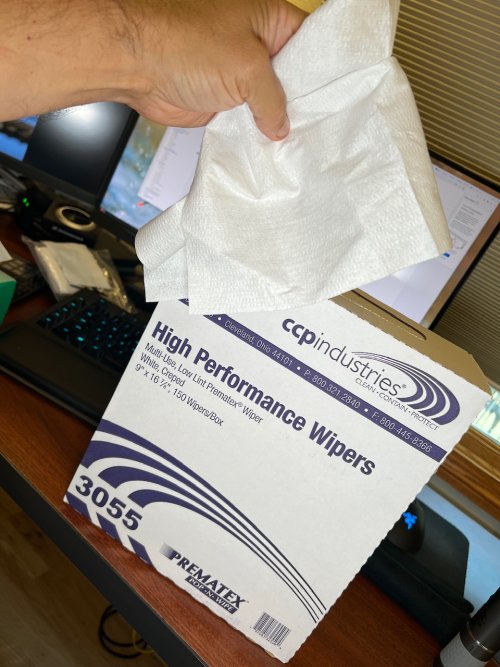Kimwipes Delicate Task Wipe Box, 4.5" x 8.5"
- Task wipes for easy cleaning of liquids, dust and small particles
- Antistatic dispensing design reduces electrostatic discharge
- Waste-reducing, one-at-a-time dispensing
- Light-duty wipes for precise tasks
- Benefiting from more than 60 years of making wipes for cleaning surfaces, parts, instruments and lenses in medical offices
Nonabrasive, low-linting and low-extractable wipers for delicate task wiping. Perfect for light cleaning tasks in the laboratory. Antistatic dispensing reduces lint and electrostatic discharge. Convenient POP-UP* Box.


